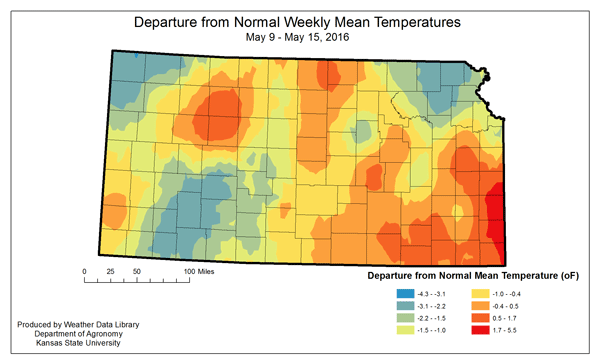

110 degrees: maximum July temperature this year The hottest month on record was, you guessed it, in 2011 - and it was that August. The chart-busting temperatures helped make the month not only Austin's warmest July ever, with an average temperature of 90.6 degrees, but also the city's second-warmest month ever. In July, the city matched or broke daily maximum temperature records nine times again - and, coincidentally, did so on five consecutive days, from July 9 to July 13.

Then in June, Austin matched or broke daily heat records nine times - including five consecutive days from June 9 to June 13. Since then, the site has gone 35 days without any measurable rainfall, with just a trace reading July 14.Īustin's record-setting summer really started in May, when the city matched or broke daily high temperature records six times, including on May 21, when it hit 100 degrees for the first time this year. The last time Austin's weather station at Camp Mabry recorded any significant amount of rain was June 27, when gauges captured 1.68 inches.

35 days without measurable rain and counting Even the July in the infamous summer of 2011 managed to squeeze out 0.05 of an inch of rain. Two other Julys also ended with only trace amounts of rain: in 19. In July, Camp Mabry recorded a trace amount of rain - which still counts as rain, so it's not as if Austin got zero rain in July, as it did in 1962, the city's driest July ever. The city had recorded about 23 inches of rainfall by this time last year. That's about 8.4 inches lower than normal, according to the weather service. "Heat advisories are likely over portions of the area Wednesday and Thursday." 12.13 inches of rain in Austin for all of 2022ĭespite the occasional brief downpour in other parts of the city, Austin's rain gauges at Camp Mabry have collected only 12.13 inches of rainfall this year. "As a result, hot and dry conditions are expected during this time with the warmest high temperatures of the week occurring," the weather service said. "While Tuesday's high temperatures will be running about 1 to 3 degrees warmer than Monday, we should still be able to hold off on any heat headlines in the short term," the weather service said in a bulletin Monday.īut forecasters also warned that "light to moderate amounts of Saharan dust will arrive into the region Wednesday and persist Thursday before thinning out into the weekend." But if you look at the past 30 years, as the effects of climate change have become more apparent, that average nearly doubles to 13. Since the 1890s, August in Austin has produced an average of seven 100-degree days. The extreme heat readings are expected continue through the week: Maximum temperatures Tuesday could reach 103, then 104 Wednesday and Thursday, 101 Friday and 100 Saturday and Sunday. 7 more days (at least) of 100-degree weatherĪugust began Monday with the National Weather Service forecast clocking Austin's first triple-digit temperature of the month. Looking through more than 120 years of weather data for Austin, only nine years have had 20 or more 100-degree days in July - and six of them have been in the past 22 years: 2001, 2009, 2011, 2017, 20. July alone accounted for more than half of the year's total, with 29 days, and matched the record for the most 100-degree days in a single month - achieved in July 2011 and August 2011. 29 days of triple-digit temperatures in July That's already more 100-degree days than the 42 such days in all of 2017, Austin's hottest year ever - and more 100-degree days to date than in 2011, which ended with a record 90 such days. More: Texas drought reaches 10-year peak as Austin closes hottest July ever 52 days of triple-digit temperatures in 2022īeginning with May 21, Austin's main weather station at Camp Mabry on Monday logged its 52nd day of triple-digit temperatures. Let's sweat the details about some of the more impressive statistics from July and the summer so far: The triple-digit temperatures started several weeks earlier than normal in late May and appear not to be going away anytime soon. If this summer has taught us anything, it's that the extreme heat we've experienced doesn't care about calendars or overstaying its welcome. Yet based on the most recent 30 years of climate data gathered by the National Weather Service, the beginning of August is, on average, the hottest time of the year, and temperatures should start cooling down by the end of the month. This year Austin had its hottest May ever, then its hottest June ever and now its hottest July ever. Watch Video: Climate change: How US cities are already feeling the effects


 0 kommentar(er)
0 kommentar(er)
